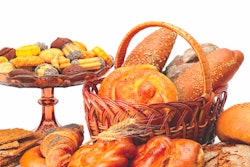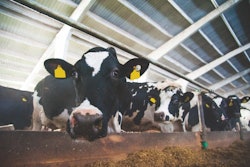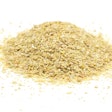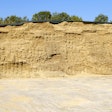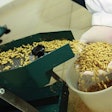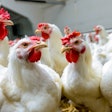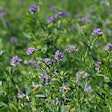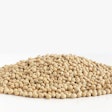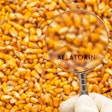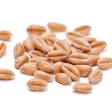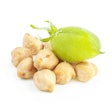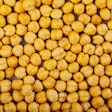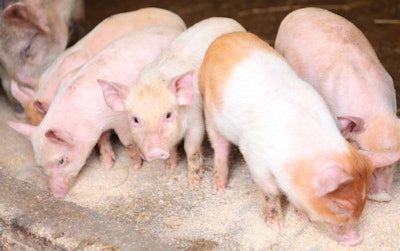
This ingredient might be able to replace all or part of lactose and/or cooked cereals in diets for young pigs
Most people love bakery products, such as cookies, cakes and anything that combines flour, eggs, butter, and milk at many different proportions. The same can be said for most animals, but bakery meal is a difficult product that has developed a questionable reputation which, in my opinion, it does not deserve. Before we continue, we must mention that bakery meal does not include bread feed meal, as it was discussed in my previous blog in more detail.
In reality, there is not one bakery meal, as is the case with bread meal, but several distinct types of bakery meal, mainly salty, sweet and/or oily. This is because bakery products can be made with more or less of each of the above-mentioned components, leading to different flavors. The problems arise when such distinct streams of bakery products are blended into one single stream and the product is sold with little, if any, characterization. Quite often, the range of nutrient specifications is purposely given wide enough to allow for blending unpredictable quantities of each sub-product depending on availability.
Each of the above nutrients (sodium, sugar and lipids) are useful and contribute to animal nutrition considerably, but we must know their level and quality (in regards to sugar and lipids). For example, sweetness can be the result of artificial sweeteners being used (low-calorie cookies). This might impart a pleasant flavor to the bakery meal, but it contributes no energy in contrast to actual sugar. On the other hand, lipids can become rancid easily if stored under improper conditions, and animals object to eating feeds containing rancid fats and oils. Thus, some antioxidants should be added in the bakery product at the source to prevent further oxidation, assuming the waste bakery products are not rancid already (rancidity cannot be stopped, only delayed). Finally, too much salt (sodium) and table sugar (or lactose – the milk sugar) can have a laxative effect. Although this does not affect animal health and growth – unless it causes dehydration, it is often confused with pathogenic diarrhea. In brief, apart from using good quality raw materials, accurate characterization of the final feed product is essential for its correct usage.
When it comes to feeding bakery meal, young animals such as broilers and piglets can easily consume 10% in their final feed, whereas larger monogastric animals can consume feeds with even larger concentrations. The final inclusion level depends on the “freshness” of the product and how well the nutritionist knows its actual nutrient composition, and of course its price. Bakery meal is not used in ruminants because excess lipids can reduce fiber fermentation efficiency in the rumen, whereas too much cooked starch can lead to rumen acidosis. However, if carefully controlled, some types of bakery meal can be safely incorporated into a total mixed ration. Nevertheless, it is rarely economical to do so because bakery meal is eagerly sought after by nutritionists who formulate feeds for monogastric animals – especially when of high quality.
The idea of using bakery meal to replace all or part of lactose and/or cooked cereals in diets for young pigs can be offered for discussion, but this is something that requires modern research to evaluate contemporary and even branded bakery meal products available on the market today. As it stands, most research on the topic is some decades old.

